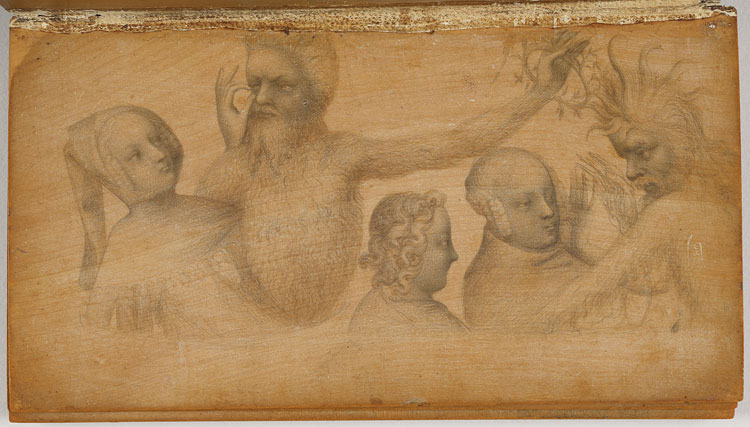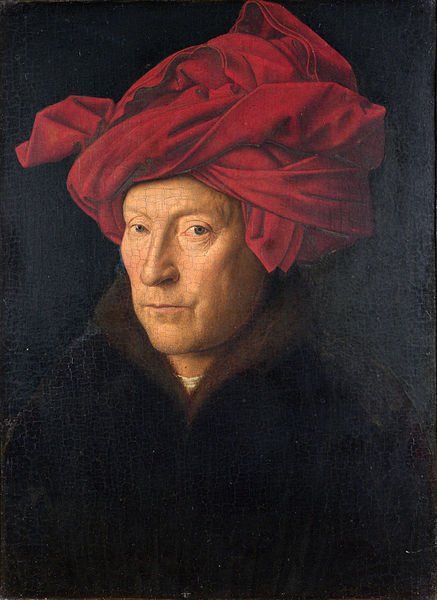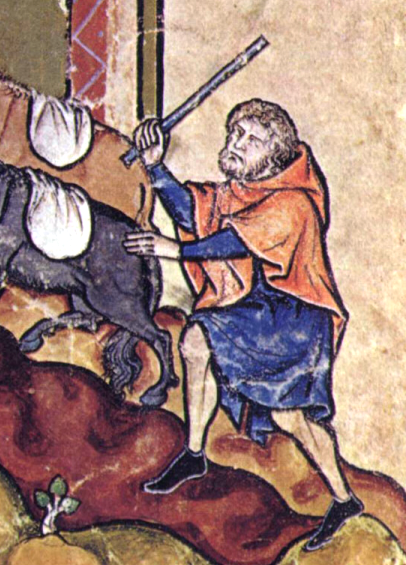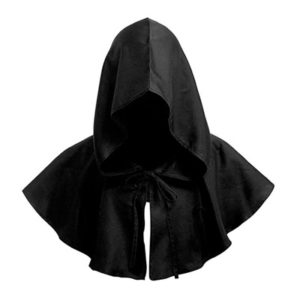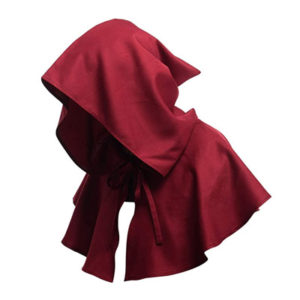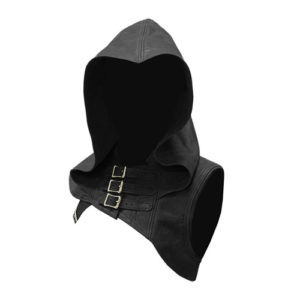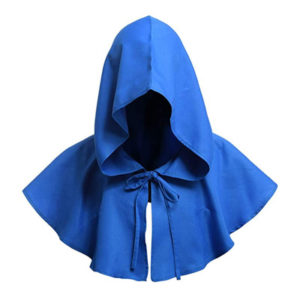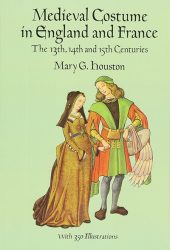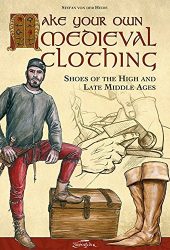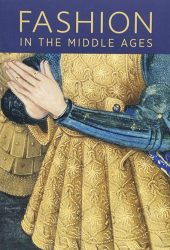Hoods were extremely popular in medieval times. This type of headgear offered protection from the environment and covered most of the head and neck, leaving the face mostly open.
In history, foods often formed part of a cloak or cape, but many were used as standalone headgear. Usually made of wool blends and cotton, they tended to include a mantle that fully covered the shoulders. They also sometimes included a pointy tail or liripipe.
In the case of knights, armoured hoods were used for protection against bladed weapons. These were usually thick quilted hoods that could be worn under a bonnet of helmet, or mail coifs often worn with a hauberk.
Traditional women’s hoods came in varied styles, from close-fitting and soft to stiffened, structured pieces worn over wigs or hairstyles. These headpieces frequently appear in medieval art, sometimes in a long-form that wraps around the head or the neck.
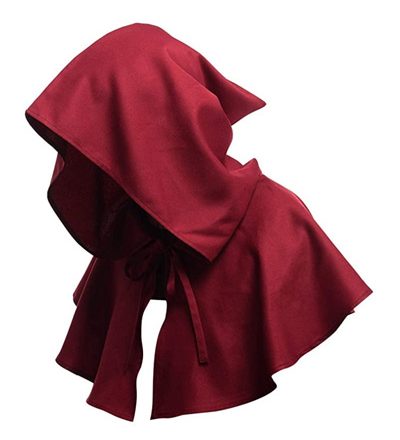
History of the Hood
Hooded garments (documented ones) date back to at least Medieval Europe. The word “hood” derives from the Anglo-Saxon word “höd,” which has the same root as the word “hat.” Hoods with short capes (or chaperones) were very popular in medieval times.
Hoods (or cowls) were popular among monks, while short capes with hoods are believed to have been imported from Normandy during the 12th Century. By the fourteenth century, the point on top of hoods began evolving into a “padded sausage” (the liripipe) which hung down the wearer’s back. This tip could be used in style variations and could tailored to fit the head and shoulders (a good example is the German gugel).
Because hoods covered the sides and top of the head and left the face mostly open, they were mostly worn for protection from the environment – for example against cold weather, wind, or rain. In some cases, hoods were used as protection against bladed weapons.
Types of Hoods
Hoods can be classified flexibly into:
- Chaperones: A type of hood that was first worn with the face-opening on top of the head (perhaps in hot weather) and then evolved into a padded roll (a bourrelet or roundlet) where the face-opening used to be. Chaperones were highly versatile and worn in all parts of Western Europe during the Middle Ages.
- Evolved Chaperones: Popularized in the 15th century, chaperones were worn on top of the head with very large bourrelets. A sign of affluence, a Florentine chaperon of 1515, is recorded as using sixteen braccia of cloth, over ten yards (9 meters). These chaperones eventually evolved into variations of big hats.
- Hoods with Liripipes: Similar to chaperones, liripipes are long-tailed hoods, sometimes considered extensions to them. The tail ends could be wrapped about the head or across the shoulders. Liripipes were popular from the mid-14th to the end of the 15th century.
Image Gallery: Hoods in Medieval Manuscripts & Art
